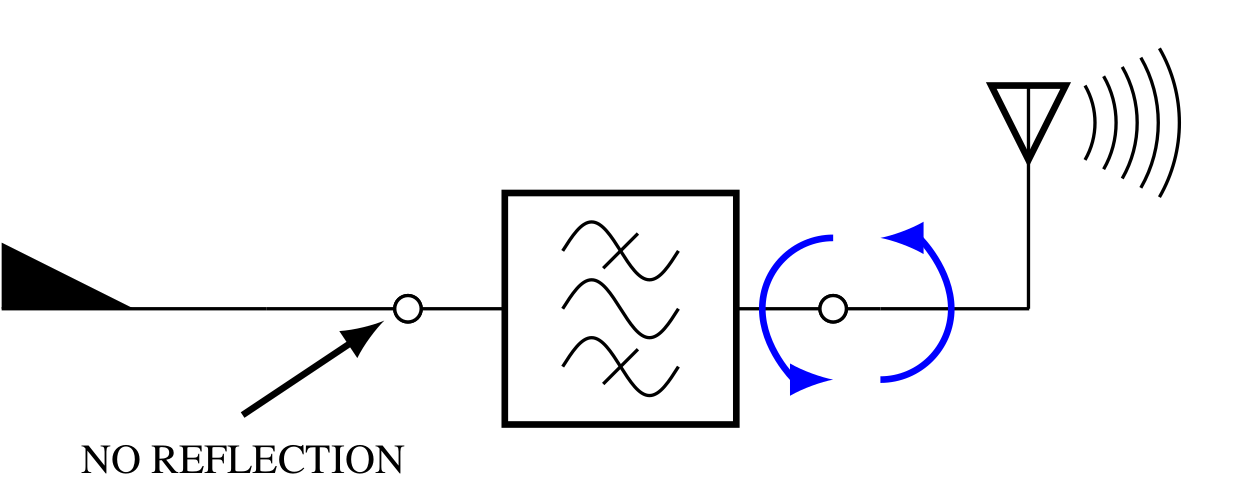The matching problem was first studied by Bode/Fano in the forties and arises often in the design of microwave devices, in particular when it comes to optimisation of the reception or emission chains.
The synthesis of filters and antennas present in microwave reception or emission chains are usually done by assuming a fix resistive reference (usually 50 Ohm) at their connecting ports. The antenna’s mismatch is then either ignored or com-pensated by an additional matching network, resulting either in a degradation of the energy efficiency or in an increased footprint of the overall hardware.
The aim of the matching problem is to account for the antenna mismatch in the filter synthesis process, allowing to handle the matching and filtering requirements in a single device and rendering superfluous the use of an extra matching network.



